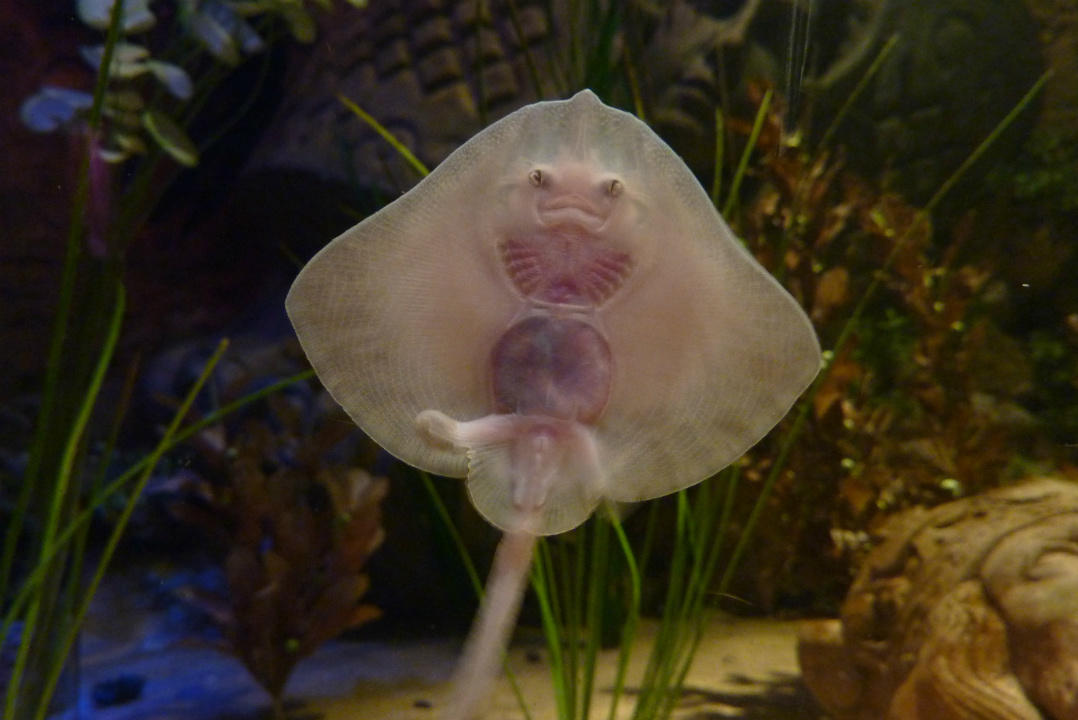
Everything you need to know about rays in South Australia
Don’t panic if you spot a stingray swimming nearby this summer. Follow these pointers to stay out of trouble.
The oddly adorable stingray is misunderstood by many. Fear has been instilled in people since the tragic death of Crocodile Hunter Steve Irwin in 2006, but it is actually rare to die from a ray injury.
Stingrays are not aggressive. They are curious and playful animals when there are divers and snorkellers around, and if they feel threatened their first instinct is to swim away.
But as with all marine life, people must respect stingrays’ personal space. So take lots of photos and enjoy watching them gliding through the water – but from afar. Never threaten or corner a ray, and always keep an eye out for their tail – and never touch the barb on the end of it.
Stingray shuffle
Summertime beach walk on your mind? On your next stroll be careful of rays feeding and resting in warm shallow waters. If you accidentally step on a ray, the frightened fish can flip up its tail and sting you with its barb.
So keep your eyes peeled or try the stingray shuffle. Place your feet firmly on the ground and slide your feet slowly through the sand, which will safely encourage any rays to move away.
If a stingray does accidentally sting you, pour hot water over the sting to ease the pain and follow first aid advice.
Rays in South Australia
There are about 630 species of rays worldwide. The most popular species spotted in South Australian waters are the smooth ray, southern eagle ray, southern fiddler ray and coastal stingaree.
SA’s marine parks are top spots to see stingrays, especially at Coffin Bay within Thorny Passage Marine Park, Encounter Marine Park and at Neptune Islands Marine Park, as well as the shallow waters of Barker Inlet in the Adelaide Dolphin Sanctuary.

Quick facts
- Stingrays have been around longer than dinosaurs.
- The mother gives birth to live young.
- The difference between male and females is their pelvic fins. Males have two elongated appendages known as claspers whereas females don’t have these.
- Stingrays can breathe while feeding thanks to spiracles – vestigial gill slits behind their eyes.
- Some rays swim by oscillating their body to move forward, while others flap their pectoral fins and appear to be flying underwater.
- Some rays have highly adapted eyes and can actually see colour.
- Rays are slimy because they are covered in a mucous layer that helps protect them from disease and wound infection.
- When feeding and resting, stingrays bury their bodies in the sand but leave the barb out to protect themselves from predators.
- Rays usually come in to feed with a rising tide and leave behind a circular footprint once they have finished. This is known as a feeding pit.
To learn more about some of SA’s marine life, check out our stories about baby marine animals, octopuses, and other weird-looking sea creatures.
This story was originally posted in December 2016.